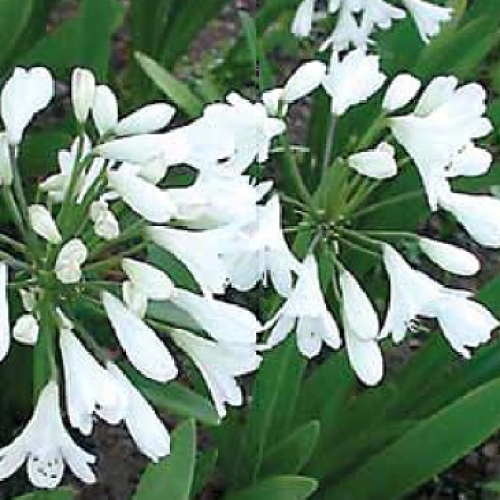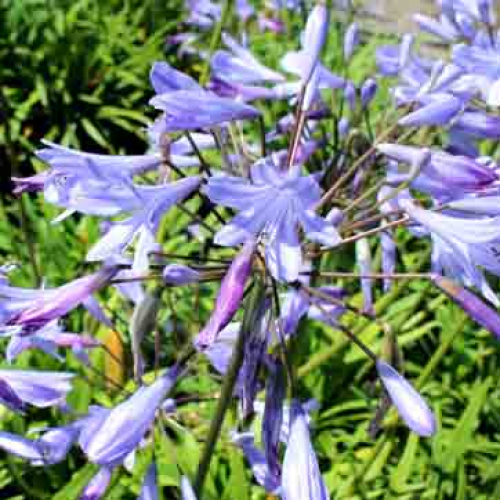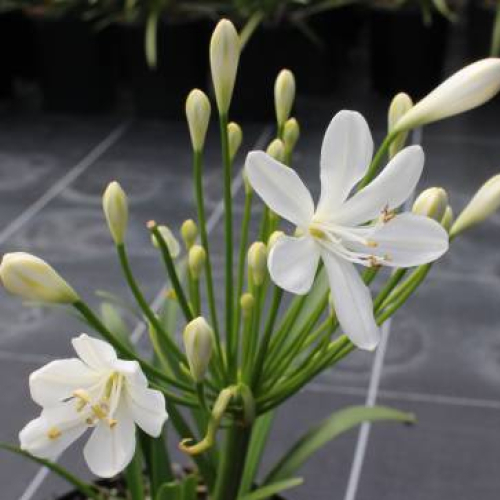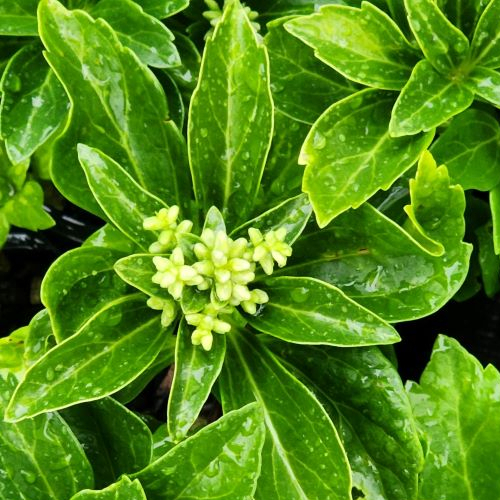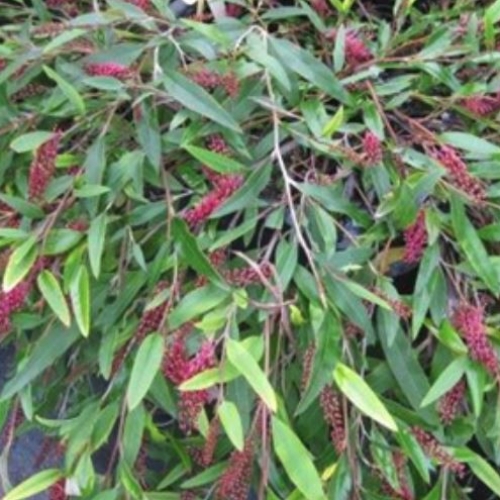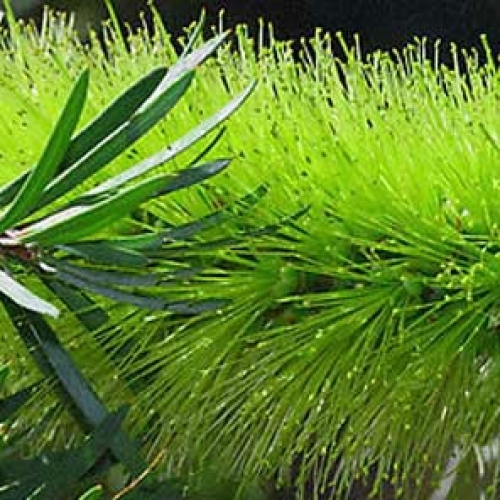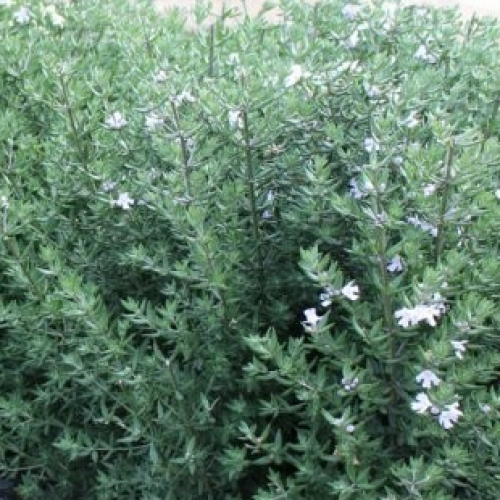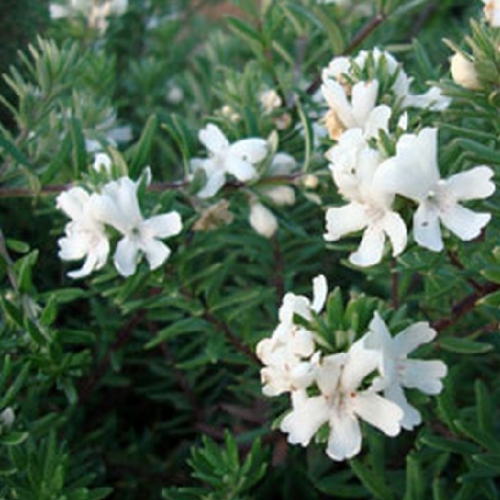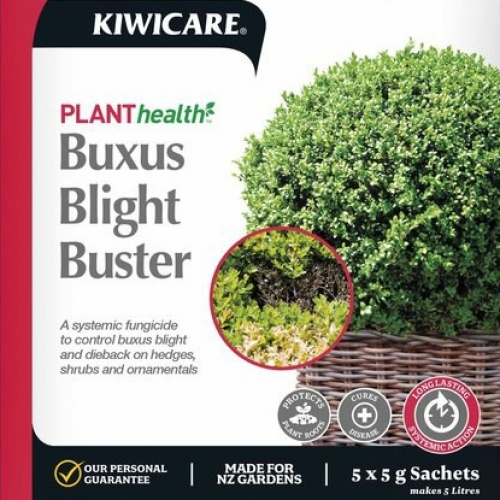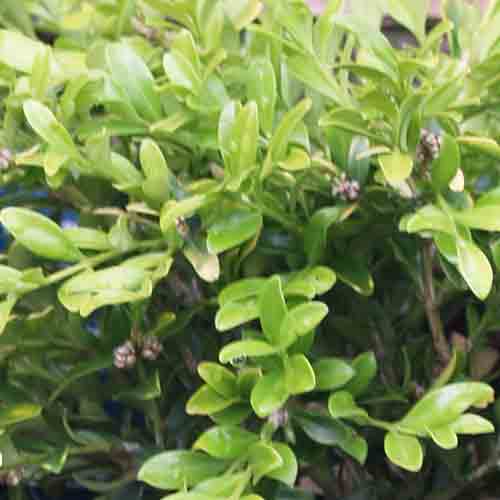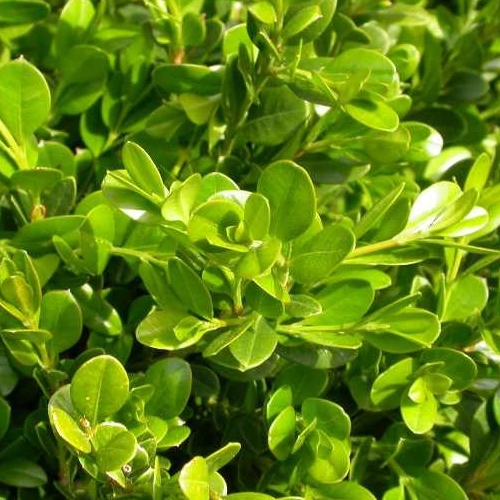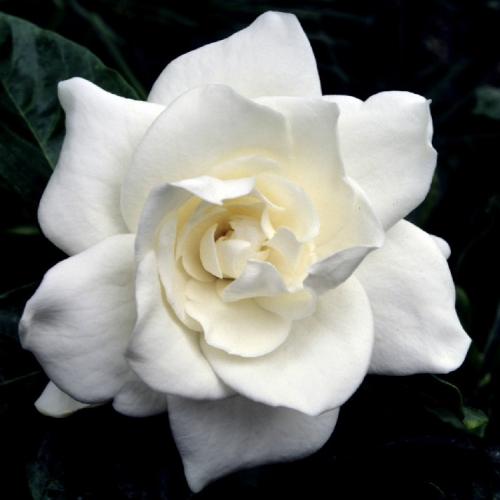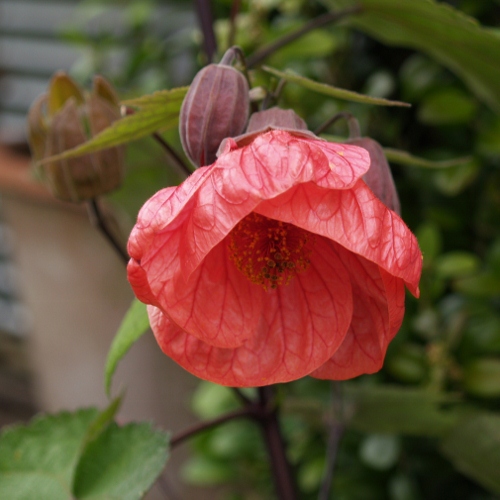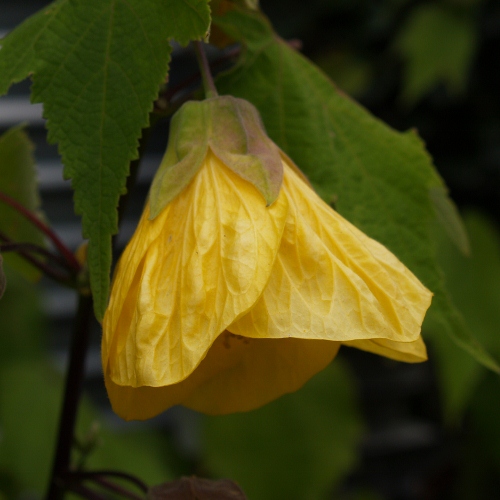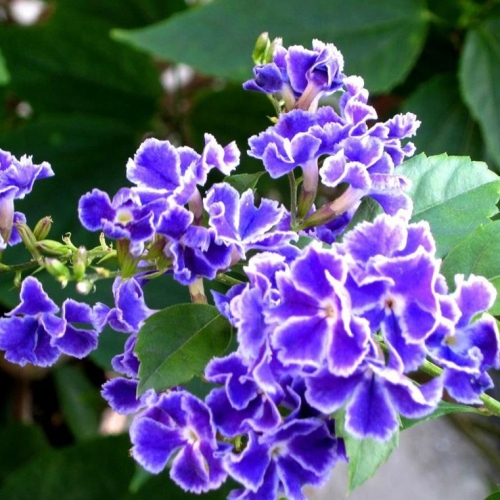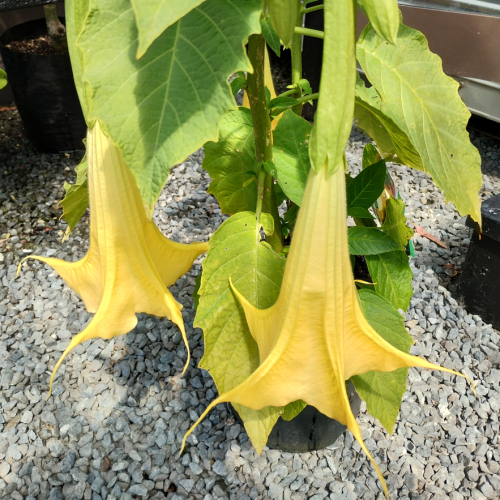Saturday 1st March, 2025
Hi
Tracy here, filling in for Lloyd. I don't know about you, but now that the days are getting a bit shorter and cooler I am enjoying my morning and evening excursions with the dogs. I'm savouring the chance to get out and enjoy nature while the balmy weather holds. I hope you are able to make the most of this late summer season before the autumnal weather arrives, usually heralded by rain and cooler weather. As plant nerds, we use a lot of Latin everyday and - useless fact - this period is called seritonal or late summer. In botany serotinous is used to describe something that appears, or flowers, later in the season than usual. For us at the nursery, which is usually bursting with things that flower in spring, there are currently many late summer stars; some of which I will mention below.
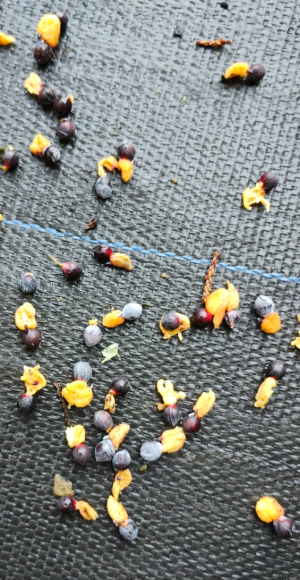 | The most obvious sign at the moment of the approach of autumn is the carpet of Kahikatea fruit which have started to fall. Apparently, a mature tree can produce up to 800 kg of these 'fruit' a year which, attached to the seeds, are natures way to signal "come and get me" to the birds.
|
These forest giants have adapted, as trees which grow in swampy ground, to grow with wide buttress roots to support their weight. You most often see them grouped together with roots overlapping, which also helps their stability. The tall straight trunk with few lower branches lets them gather together for support. It's one of our tallest trees but generally doesn't get a wide girth and was used extensively for boat building due to its straight trunks. Māori used the wood for boats and bird spears plus the soot from burning the wood in tā moko (traditional tattoo), and harvested the fruit for feasting times.
With that in mind, we are excited to announce that the boardwalk at Wairere, which has been a work in progress for a few months, is finally complete. Yah Buster and helpers! This will give you the opportunity to stroll under the stately
Kahikateas (Dacrycarpus dacrydioides) with their knobbly roots, near our pond and enjoy the freshness in the cool of the nikau grove. These
Nikau (Rhopalostylis Sapida) were planted by Lloyd and now tower over the walkway and have sent loads of seeds to naturalise underneath. Please come and enjoy!
Natives
If you are also looking for a bit of inspiration for your own gully or area of natives then this boardwalk area might help you out. There's an amazing range of natives including many of our distinctive divaricating ones. These zigzag plants with small leaves are unique to the land of the kiwi and said to have evolved to stop moa from stripping the plants bare.
For structural interest, and a cool funky vibe, you can't go past the
Lancewoods (Pseudopanax). Best planted in groups, they are a bit like the 'transformers' of the plant world with an edgy narrow leaf juvenile form which eventually changes to a broader leaf softer mature form. For example,
Psuedopanax Ferox and
Crassifolium.
Also featuring in these cool damp spots under the trees are a multitude of different
ferns:
Ferns
While it IS frost tender, the
Bird's Nest Fern (Asplenium Antiquum) thrives in the sheltered shady spots under the trees and loves the moist humus rich layer produced by the trees above. The
Hen and Chicken (Asplenium Bulbiferum) is also an easy-to-grow native fern with feathery green fronds and has the added feature of cute little bulbils or 'chicks' which grow on the mother 'hen'. These can develop into new plants - so it's easy to have multiple generations in one area. Another friend of the family is a plant known by the unattractive name of
Shining Spleenwort (Asplenium Oblongifolium) but it actually has gorgeous shiny deep green leaves which can grow up to a metre long.
While researching this newsletter I came across the excellent publication put out by Hamilton City Council in association with the community, called the
Gully Guide. With gullies covering up to 750 hectares or 8% of Hamilton City, they are an important feature of our environment. As well as being natural pathways for wildlife, they act as a filter for the drainage network and impact largely on the water quality.
The gully guide gives you a plan on how to go about planning a restoration, weed control and what sort of plants will go in which areas.
Ferns would be perfect for the hill slopes while other plants, like
Cabbage Tree,
Kowhai,
Flax and
Kanuka, are more suitable for foot slopes or better drained sections.
If you carry on past the boardwalk at the nursery you will end up in our stunning display gardens. These gardens showcase what can be achieved if you are looking for a more formal outdoor room or a mixture of informal and formal.
One of the keys to creating outdoor areas is defining the spaces and this is done mainly with the uses of
borders and small hedges.
Borders
One of the late summer/autumn stars I mentioned above are the
Liriopes. This grass-like group of plants are perfect for garden edges as they are clump forming (not spreading), stay low and compact and give the added bonus of grape-hyacinth-like flowers in late summer and autumn. They are tough too and can cope with sun or full shade. They have sturdy rhizome-like roots which store water and nutrients so can cope with periods of little water. Popular varieties include
Liriope Muscari, which has
green leaves and purple flowers,
Liriope Ena with a variegated leaf and
Monroe's White with a white flower.
Another versatile border seen in the gardens are
Mondo Grass or Ophiopogons. The name comes from the Greek word 'ophis' meaning snake and 'pogon' meaning beard. If snakes had beards (go figure) it would look like this!? with short spikes of deep green which are ideal for putting amongst crazy paving or edging an area, particularly under trees.
Black Dragon is the most striking form with deep purple black leaves and a tidy habit.
Ophiopogon Japonicus has the fine narrow leaves and
Planiscarpus is the variety with broader leaves - often mistaken for Liriopes but these are more spreading, than clumping, plants. Finally the baby of them all is
Ophiopogon nana, a cute and dwarf variety with leaves of only a couple of centimetres long.
An underrated plant for
borders and edges are the
Agapanthus. There are many dwarf forms which are mostly or completely sterile (won't spread annoying seeds everywhere) and they flower in waves consistently from spring to autumn. Here are some examples.
Agapetite: Ultra-miniature agapanthus growing to only 10 cm high which features classic pure white double blooms which appear above the foliage all summer and reach just 20 cm in height.
Tinkerbell:
A delightful dwarf mainly grown for the neat and tidy cream and green foliage. The strap like leaves form a low clump and in summer the pale blue flowers sit just above the foliage. It is shy to flower and overall a slow grower. Will grow in shade or sun.
Peter Pan: A very reliable and popular Agapanthus for mass planting and deservedly so. Neat narrow green leaves topped off by sky blue flowers that appear
en masse in late spring through to late summer. White is such a popular colour in the garden and can bring out the best of the rest of your garden palette.
Snowball is a little taller than Agapetite with wide, short, strappy green leaves and sturdy stems of white 'snowball' flowers that appear throughout the summer. Well behaved in that it does not seed everywhere and forms a nice compact clump.
Shady areas can be a real challenge and a perfect border for these is
Pachysandra terminalis. This is used extensively in our display gardens and is one of our favourites. The leathery dark green foliage with 'serrated' edges always looks good and is clustered on short stems. Tiny white flowers in summer. Plant in semi-shade for best results. Spreads easily.
Low Hedges
If you thought the Aussies got a few brownie points last week with the
Grevilleas and
Bottlebrush, here they are at it again producing
Westringia which are perfect for low hedges. These are another way to define and edge a garden and there are plenty of options other than the traditional box hedging. The great thing about
Westringia Low Horizon (30cm high x 70cm wide) is that it is short and spreading and can be trimmed to almost any shape. The pretty white flowers stand out against the soft grey foliage complementing any formal garden features. There are taller options like
Westringia Aussie Box (100cm x 100cm) and
Mundi (50cm x 1.5m) too.
I've mentioned
box hedging (Buxus) because it's a traditional favourite which has fallen out of favour more recently because of the challenge of box blight, a nasty fungus disease that can cause leaves to fall and, in severe cases, whole sections of a hedge to die. If you have a hedge that you just can't replace there is a product called
Blight buster available to fight it off by boosting the plant's immune system. Remember to remove any scraps of clippings when you cut your
Buxus as these can harbour the disease and if watering, target the roots not the foliage as spores can easily be spread from leaf to leaf via water-splash.
The alternative is to plant a variety of
Buxus which is resistant to the blight and the clever plant breeders have come up with several varieties to do this including
Buxus Koreana. Originating from Asia, it has leaves which are a little more glossy and rounded than its cousin the European Box (
Buxus sempervirens). It is usually dark green for most of the year but in winter the whole plant can take on a bronze tone depending on the temperature.
Green Gem is another Blight resistant variety which has healthy fresh green leaves with more of a rounded shape than
Buxus sempervirens.
Finally I'll mention
Gardenia radicans as an option for those with warm and protected gardens. It's a great choice for a soft edging, pot or massed under trees as the fragrance from the creamy yellow flowers is to die for and it has a tidy slightly weeping shape.
Looking great in store now
Abutilon: A versatile evergreen shrub which can grow in full sun or shade. The pretty lantern shaped flowers appear from spring to late summer and are available in lots of colours including
white,
red,
yellow,
orange and sometimes
pink. This is a plant which likes a good haircut (prune) form time to time to keep it under control.
Duranta (Butterfly Bush) Geisha Girl: originating from Japan, this shrub has a deep blue flower with wavy petals edged in white, beautifully complimented by a white centre and a delicate perfume. Flowers are produced on the graceful weeping branches. Leaves are soft and shiny. Flowers appear throughout spring, summer and autumn. At the moment it's a magnet for all the butterflies in the garden centre. Pretty!
Brugmansia: Looking stunning this is a semi-evergreen shrub/tree with lovely golden-orange, huge (20–30cm), trumpet shaped flowers with a memorable fragrance. Their soft leaves give a lovely tropical look but can be marginally frost tender. They prefer a hot sheltered position with well drained soil.
If you have time this weekend why not come down to the nursery and see what inspires you and enjoy the amazing gardens and atmosphere.
Have a great weekend.
All the best from Lloyd, Tony and the Wairere team.

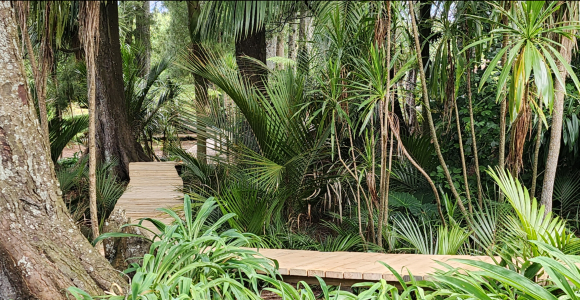
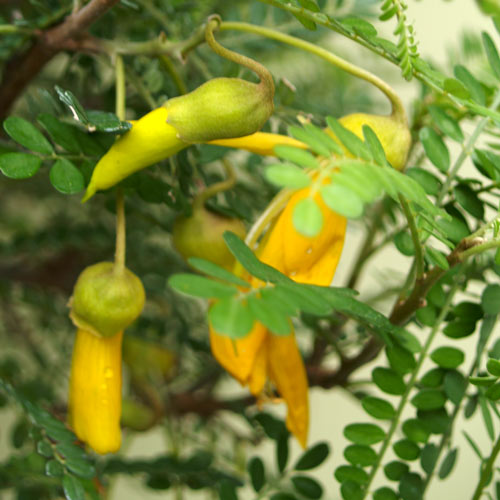
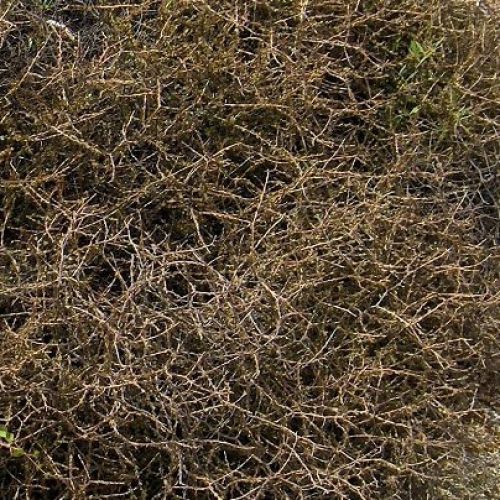
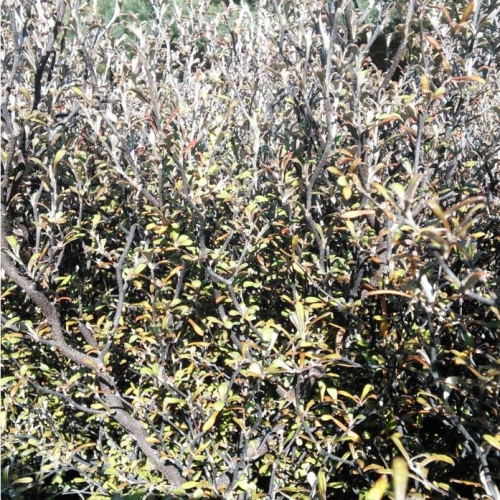
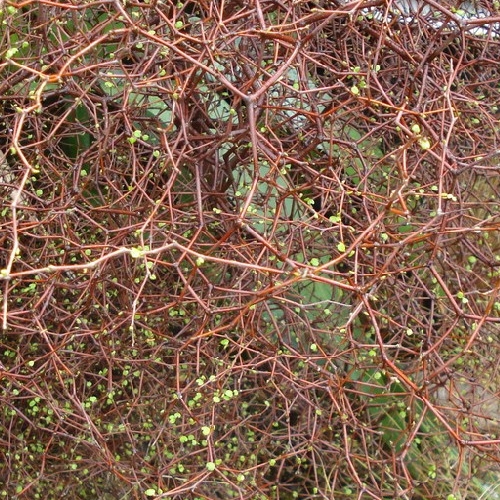
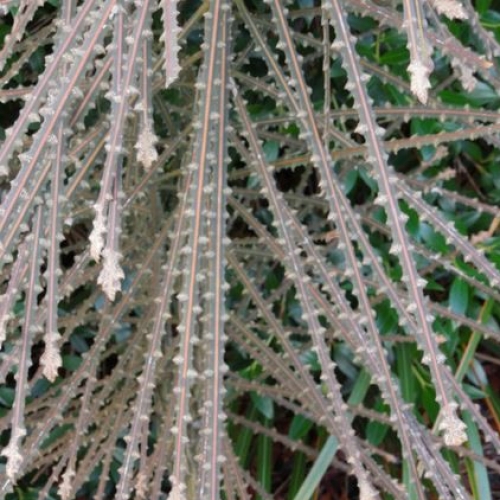
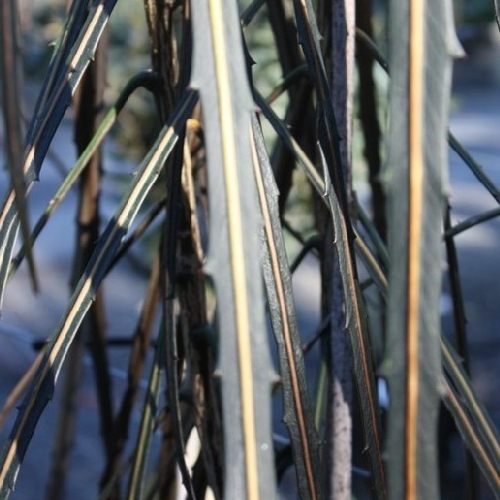
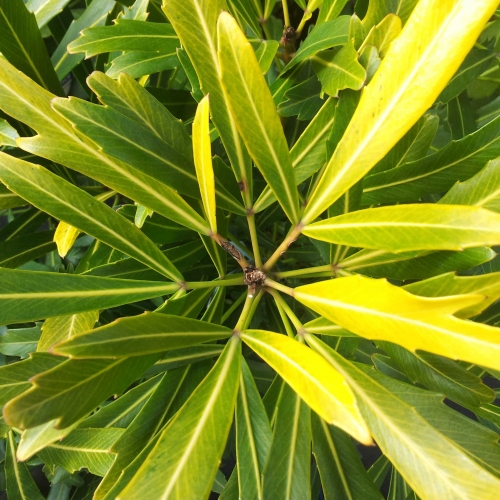
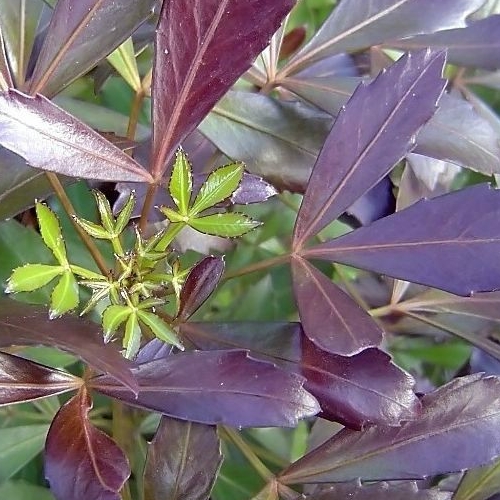
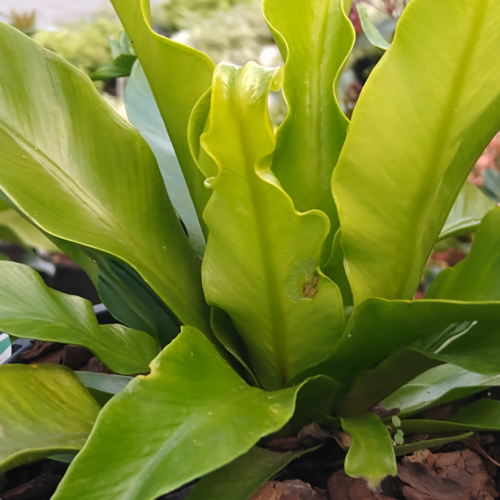
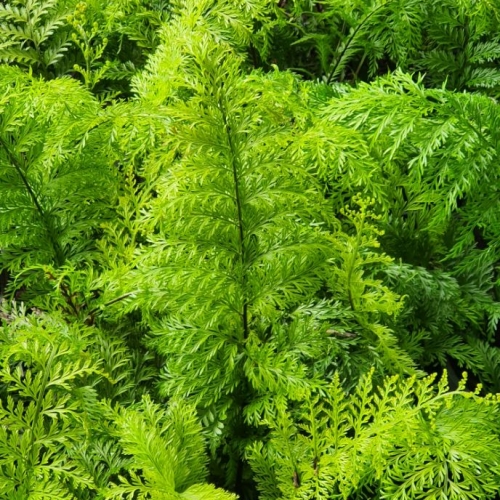
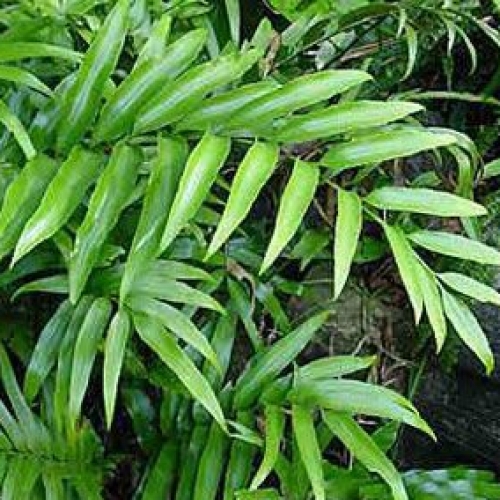
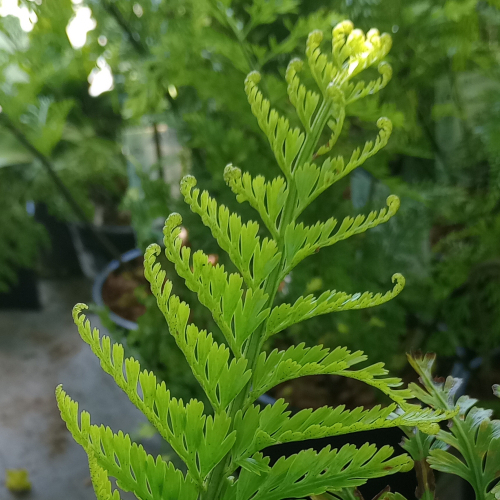
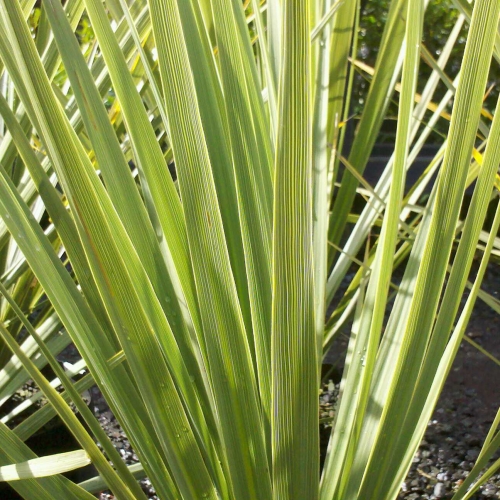
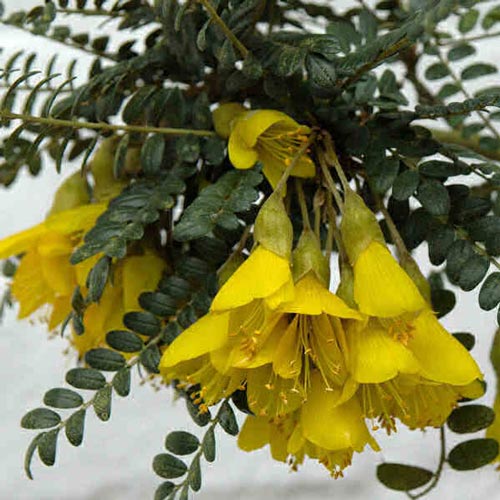
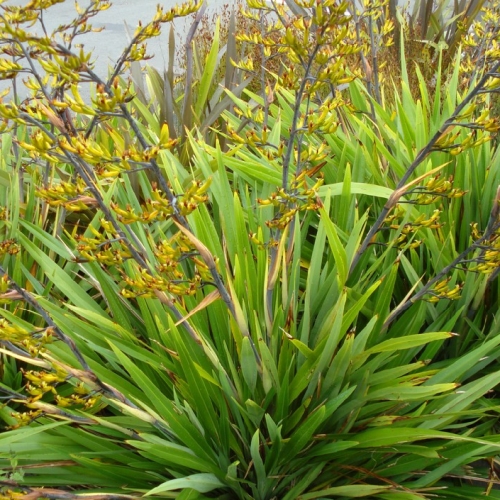
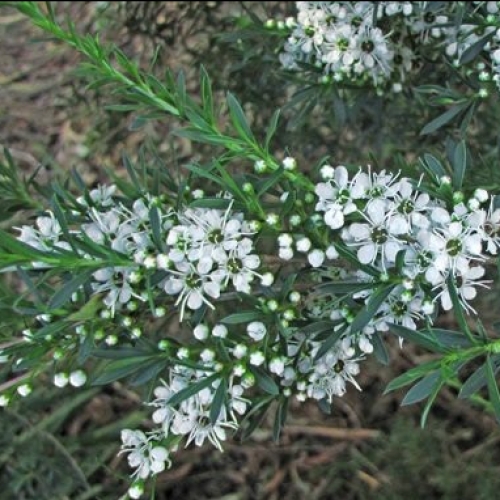
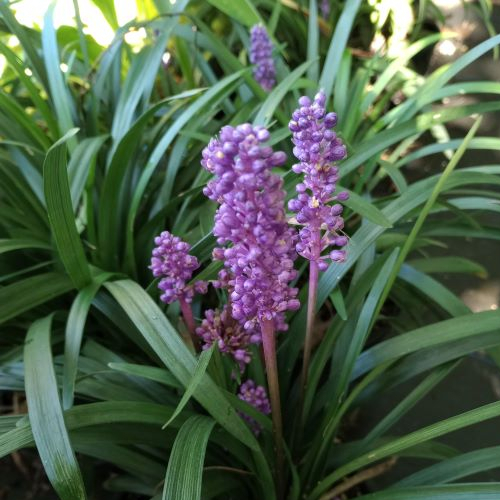
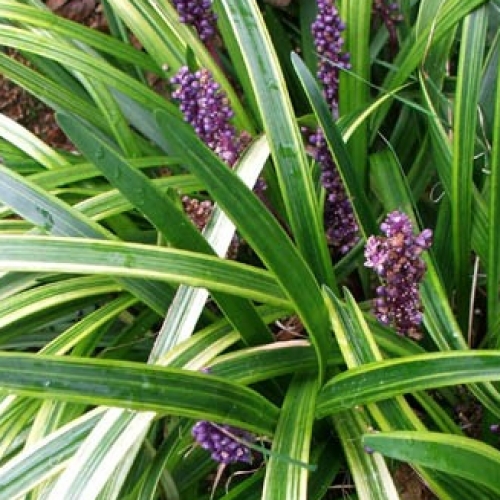
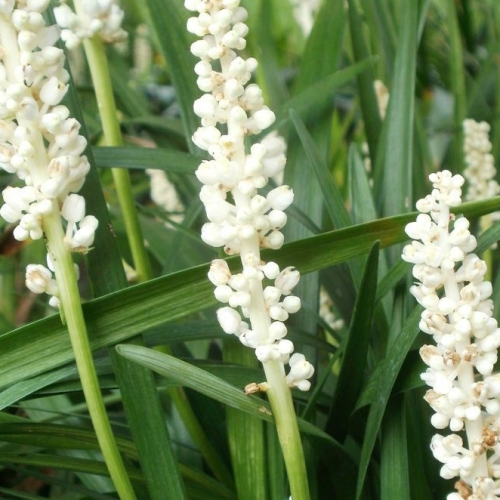
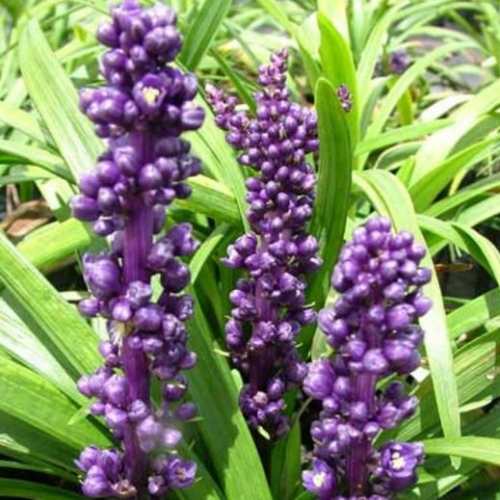
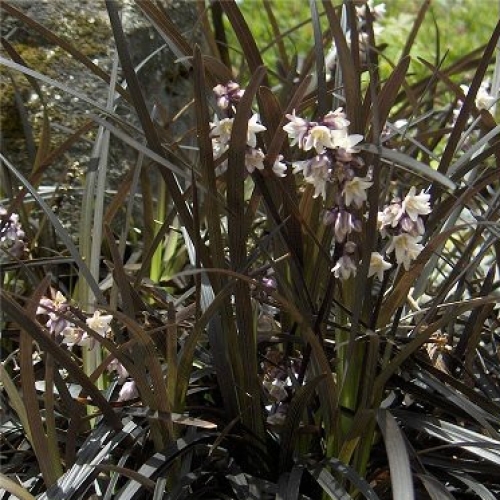
.jpg?t=1740702599)
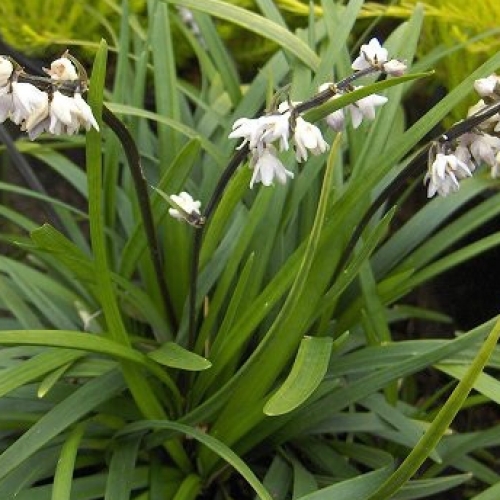
.jpg?t=1740702957)
